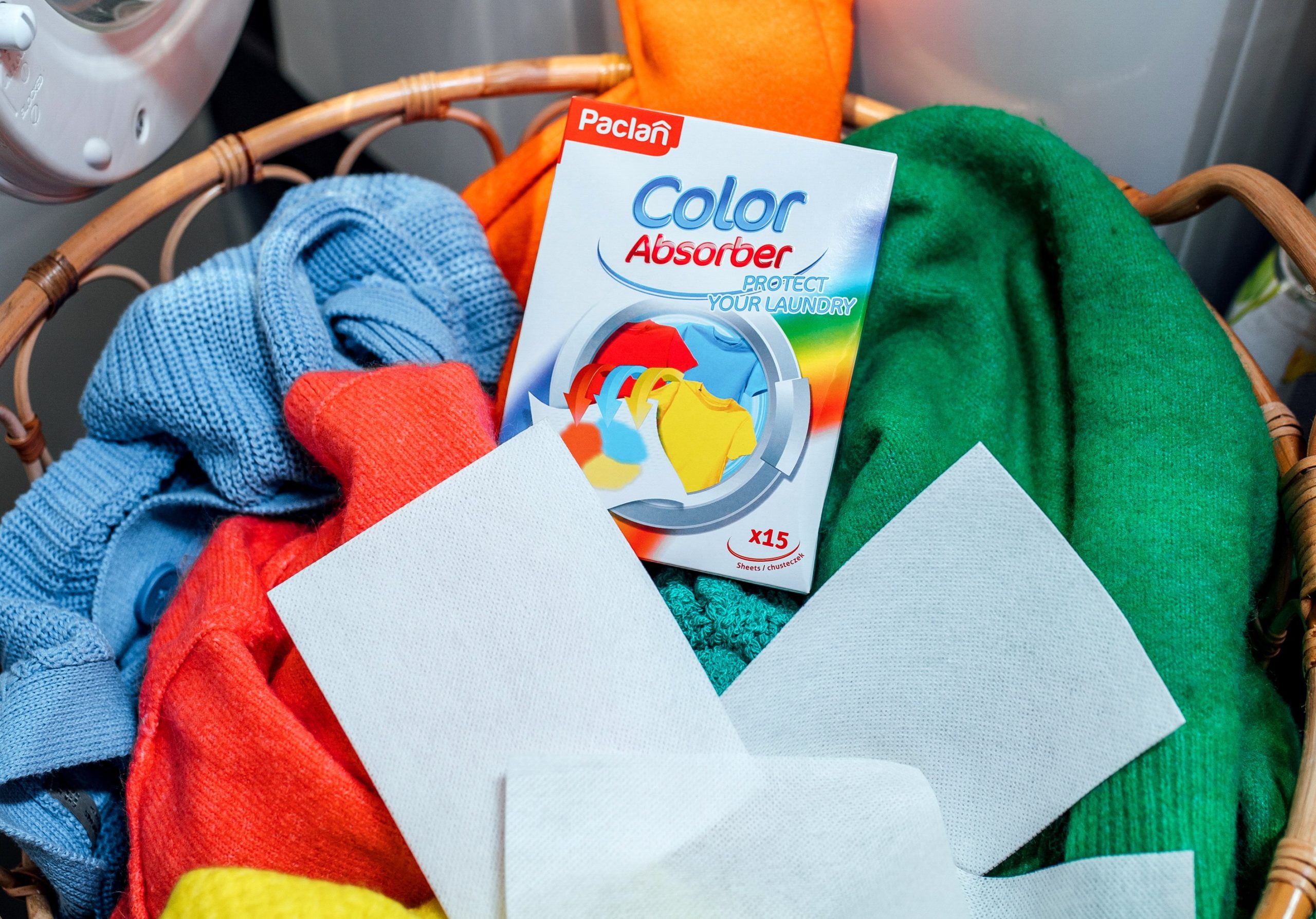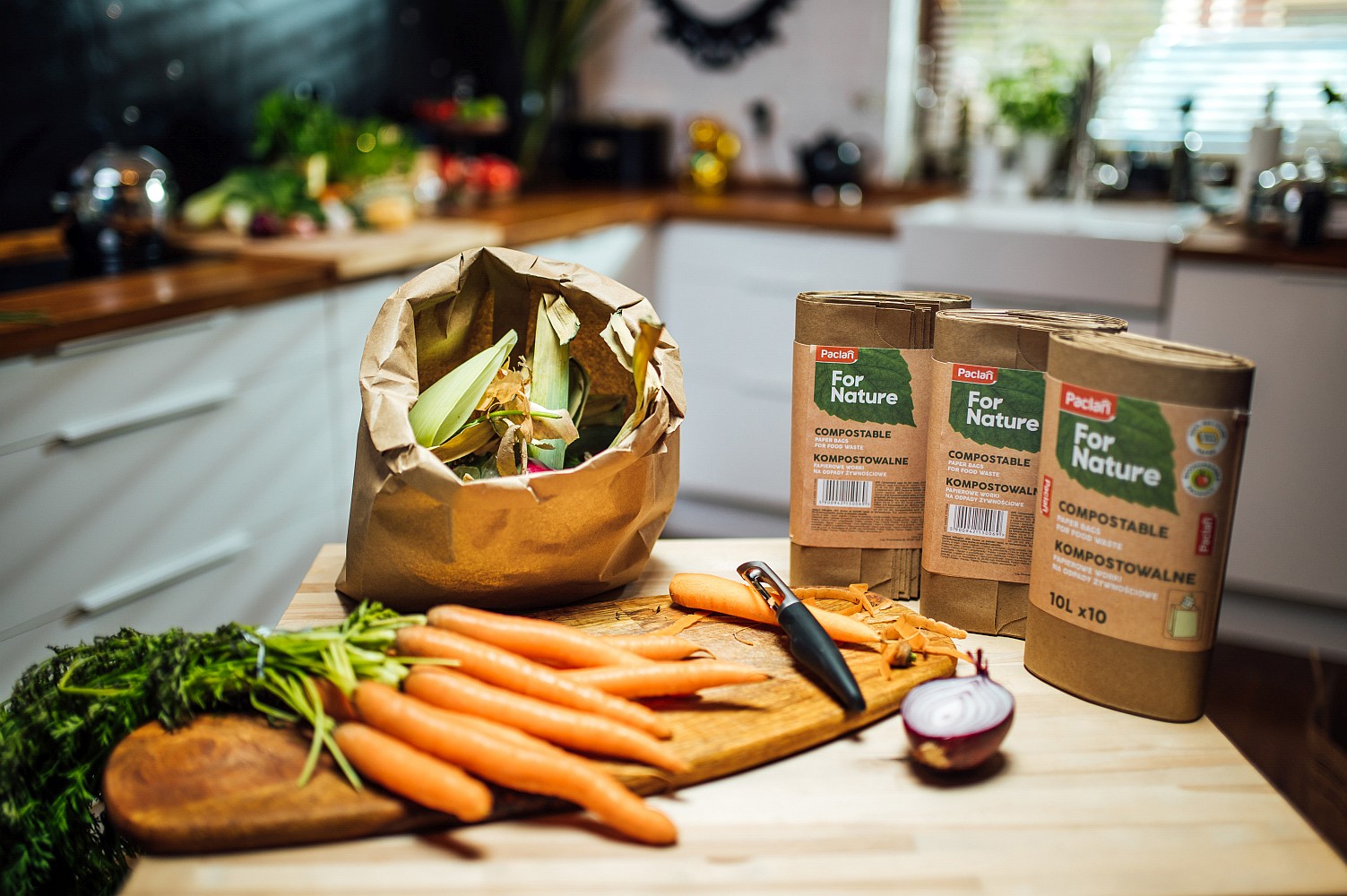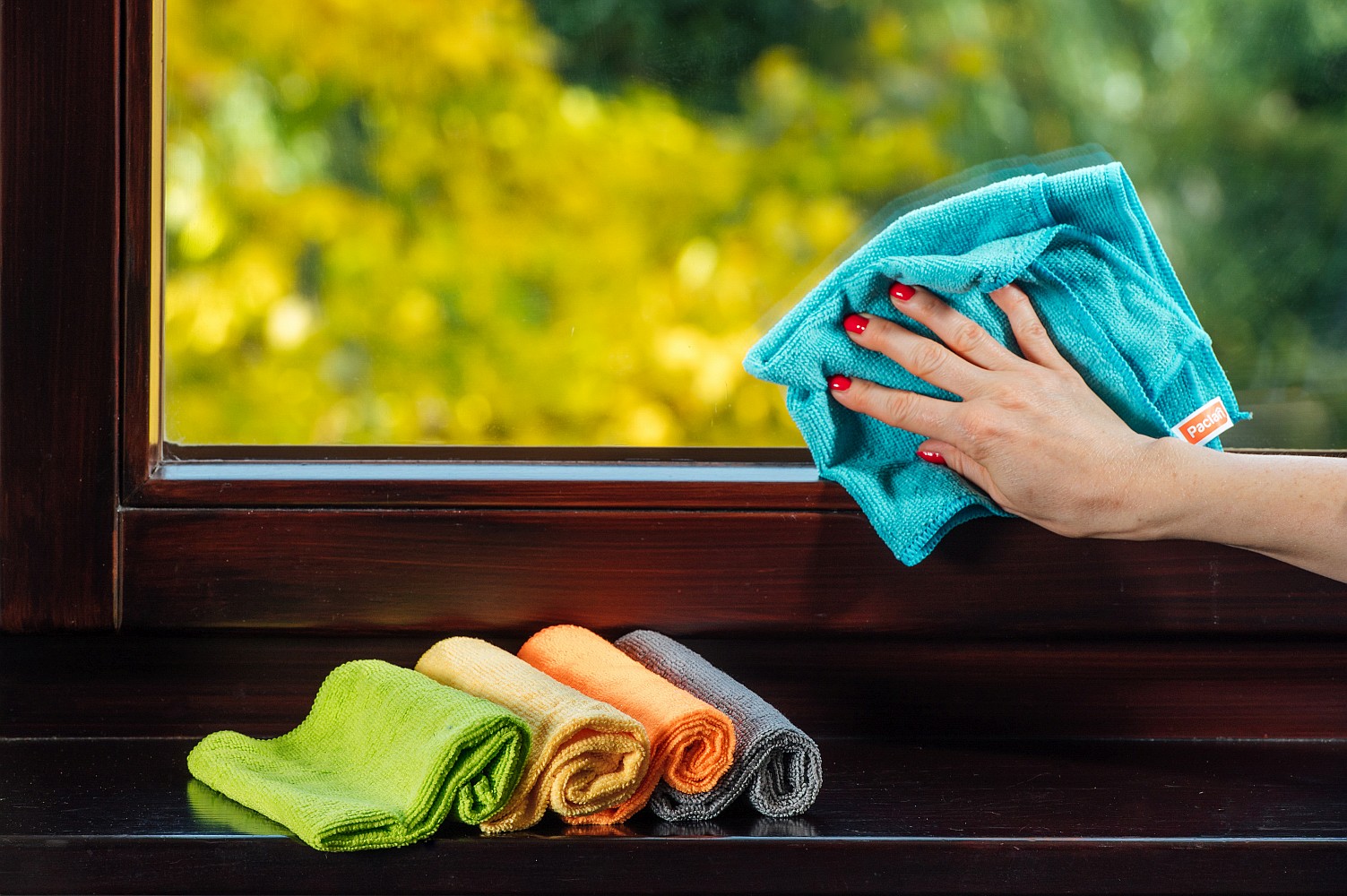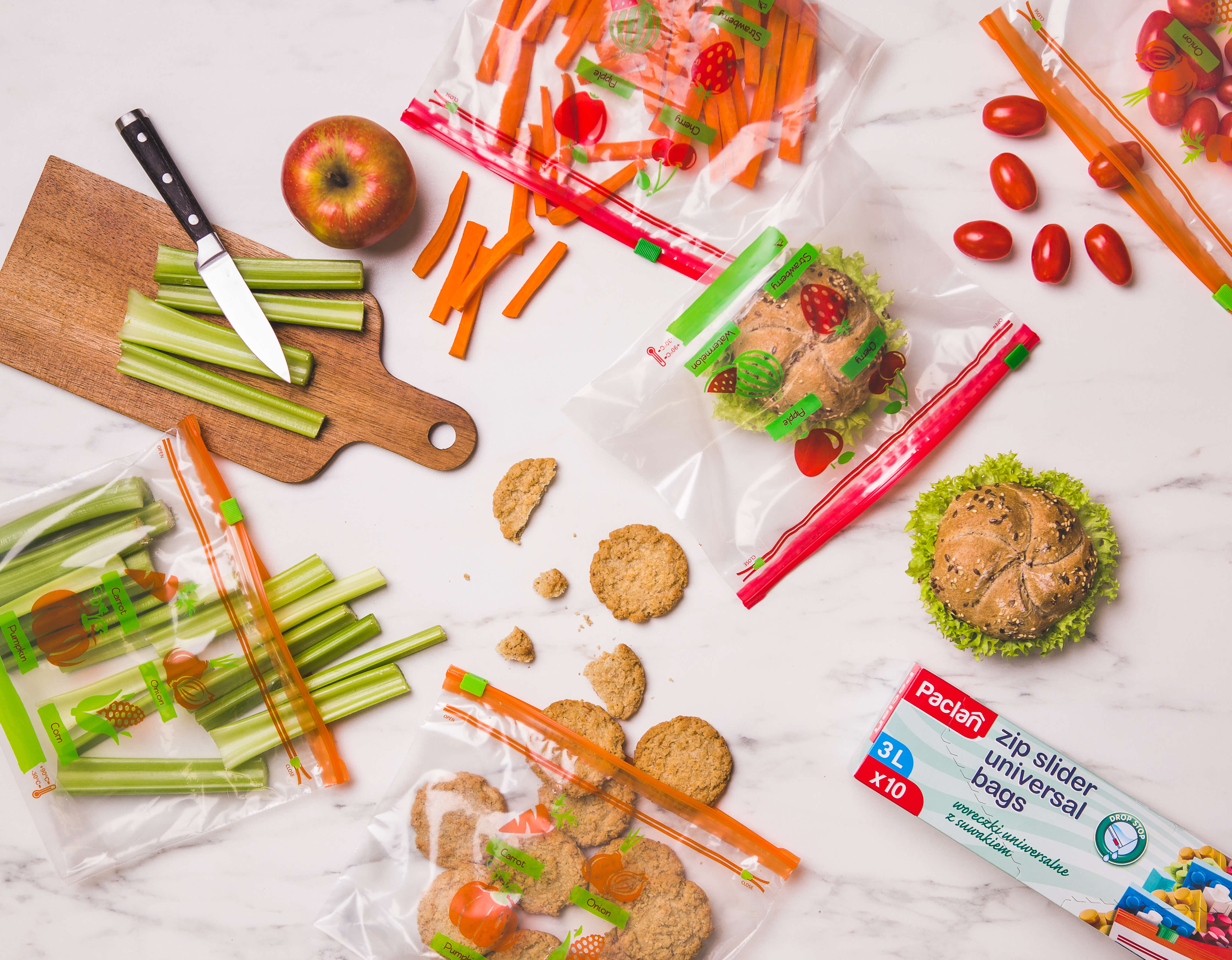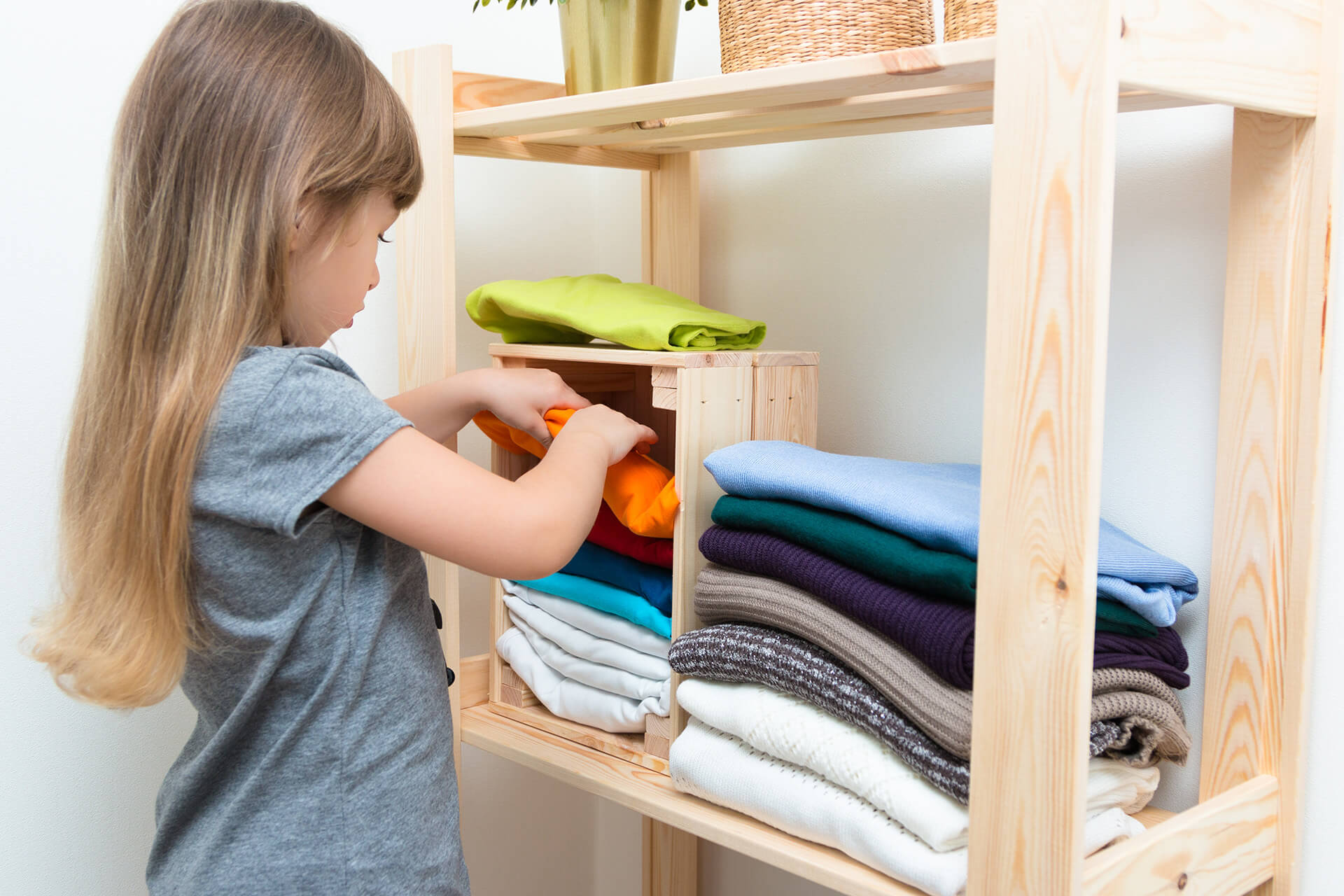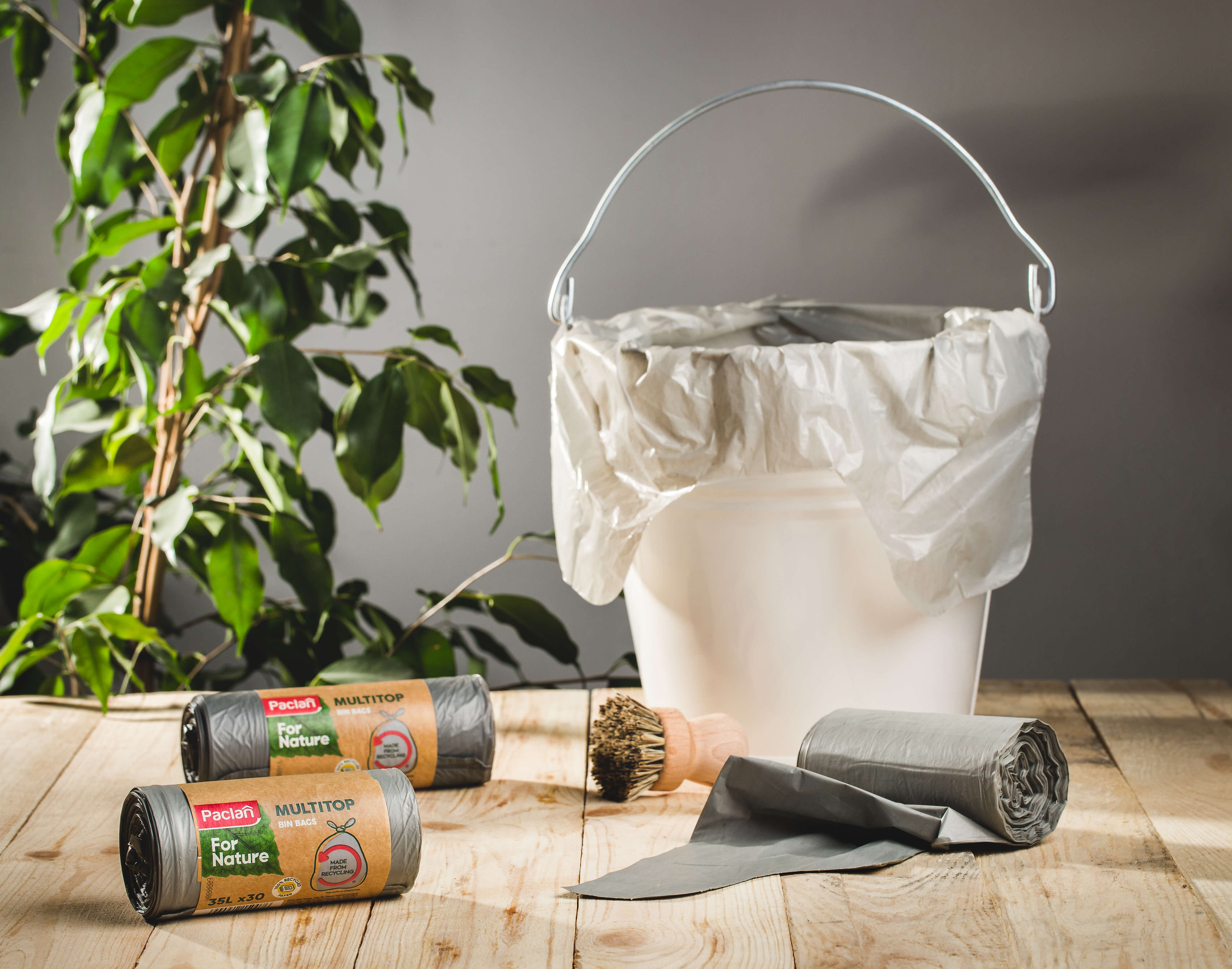A beginner’s guide – how to do the laundry without damaging the clothes?
The sight of shrunk, stained, and sometimes damaged clothes after being taken out of the washing machine isn’t at all uncommon. Although doing the laundry seems like an uncomplicated task, it’s good to know and follow a few laundry rules that will protect you from damaging your favourite garments. Let us suggest a few things to keep in mind!
Correct organisation and the ability to read (with comprehension) the pictograms on the labels are essential if you want your clothes not only to be effectively washed but also retain their original size, colour, and quality. What to start with?
1. Washing indications on labels
How to find out that viscose doesn’t like too much heat and a wool turtleneck is best dried flat? You don’t need to be a walking encyclopedia on the properties of fabrics, you just need to be careful about what the small pictures on the garment label communicate. It’s worth knowing a basic set of pictograms, which clearly tell you at what temperature to wash your clothes, what spin speed to choose, and finally, how to dry particular items. How to decipher the signs? To begin with, prepare a cheat sheet that you’ll use for the time being. Soon, the knowledge of the subject will come naturally to you.
2. Which washing programme to choose?
Unfortunately, there’s no single programme for washing everything, and the notorious 40°C isn’t at all the ideal temperature for all types of fabric. That’s why you should familiarise yourself with the programmes that your washing machine offers. The wide choice of options isn’t a whim of laundry equipment manufacturers, but in many cases a collection of programmes optimally adapted to the properties of particular fabric types to provide best results. So, when washing towels, choose a mode that can cope with dirt while draining the thick fabric well of excess water. On the other hand, for underwear, choose one that’s designed for gentle care.
3. Laundry should be segregated. Really?
Choosing the laundry to be washed shouldn’t be a matter of chance. It’s best to divide clothing by colour and type of fabric, while bedding, kitchen cloths, and towels should be a separate group. It’s theory, but what about practice?
“Sometimes we don’t have time to meticulously sort our clothes, or we have few clothes of similar colours, which would mean having to separately wash just a few items. To avoid such dilemmas and stop worrying about what you’ll pull out when the washing cycle is over, it’s a good idea to have some colour-catching wipes handy. All you need to do is add them to your laundry and they will take care of the rest. If a garment in the wash stains the water, the wipe will absorb the dye and protect the other items,” says Marta Krokowicz.
Where there are many household members it’s usually easy to segregate clothes properly by colour, but often – especially when it comes to children’s or teenagers’ clothes – there are various prints, labels, text, or patterns in a different colour to the main hue of the item. How do you wash such clothes?
“Here again, colour-catching wipes will come to your aid. If you have doubts, e.g. whether a white T-shirt with colourful text can be added to white laundry without fear that the colourful elements will dye the rest, or you’re washing clothes in a similar range of colours but are afraid that, say, the dye from a red T-shirt will dye a pink one, you should add a colour-catching wipe to the wash,” suggests Marta Krokowicz.
- Helpful accessories
No matter how big a household you have, laundry is one of the chores you do quite often, so it’s a good idea to equip yourself with all the accessories that can streamline the process. In addition to colour-catching wipes, you’ll also find it useful to have a laundry bag in which to place underwear, bras, or tights. It’s also advisable to have a stain remover in your home laundry to deal with tougher stains. Remember that in addition to the washing itself, there’s also drying to be done, so choose a dryer suitable for your needs and budget.
Washing on the left side, following the pictograms on the labels, and finally choosing the right washing programme and detergent is a simple recipe for neat and clean clothes to last for years. Keep to these steps for every wash, and you’ll avoid damaging your clothes.
If you’re interested in the subject of doing the laundry in an eco-friendly way, you may find this article useful: A smart approach to doing the laundry, or how to wash things in an eco-friendly way and keep colours colourful?

